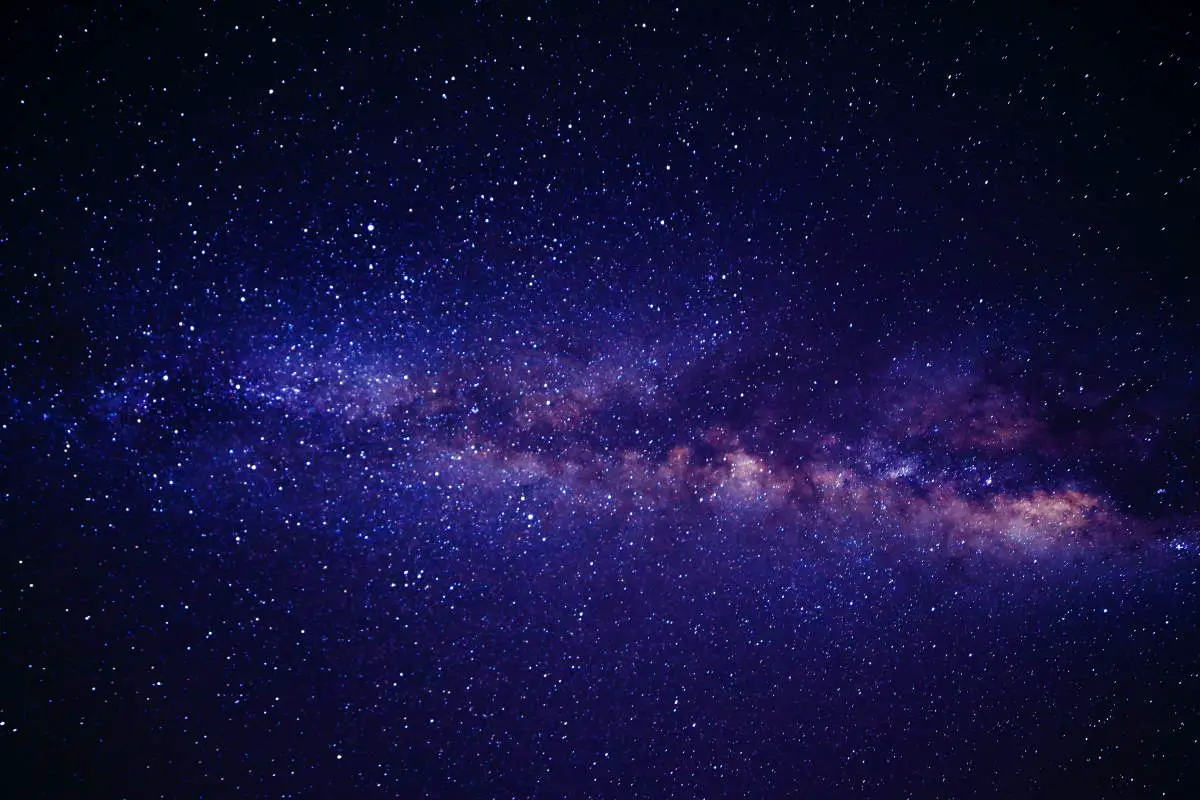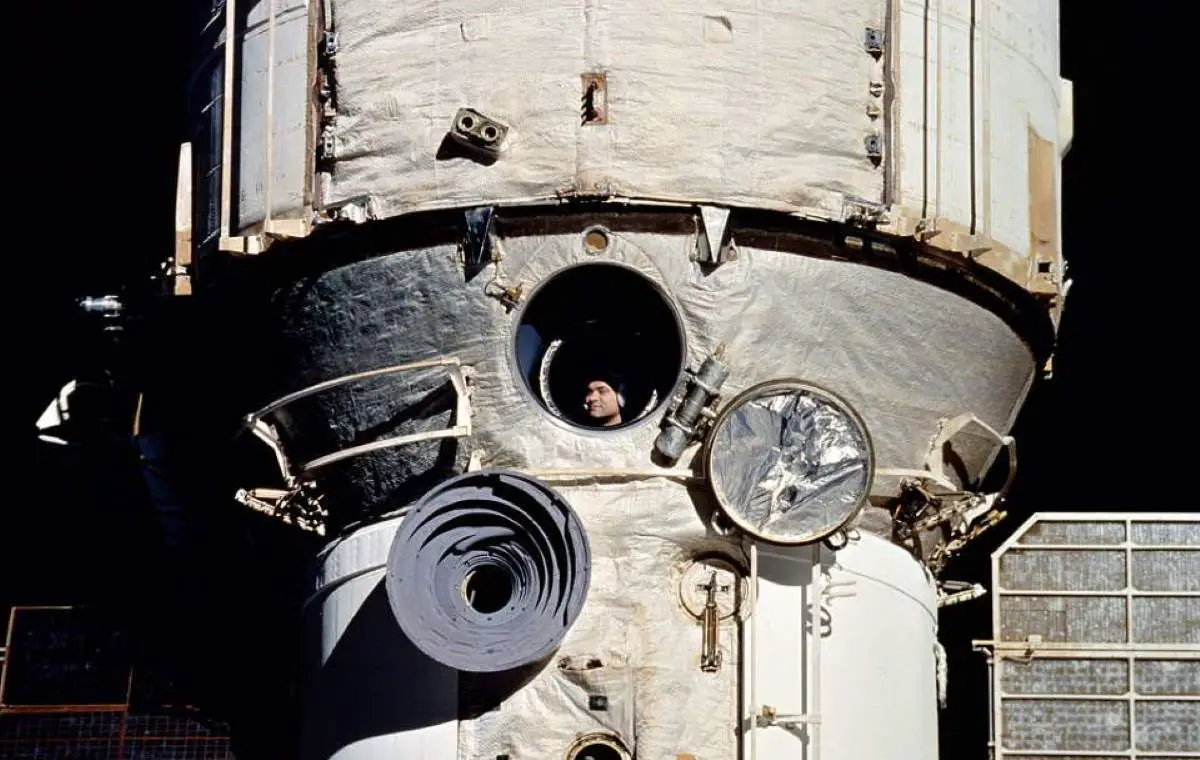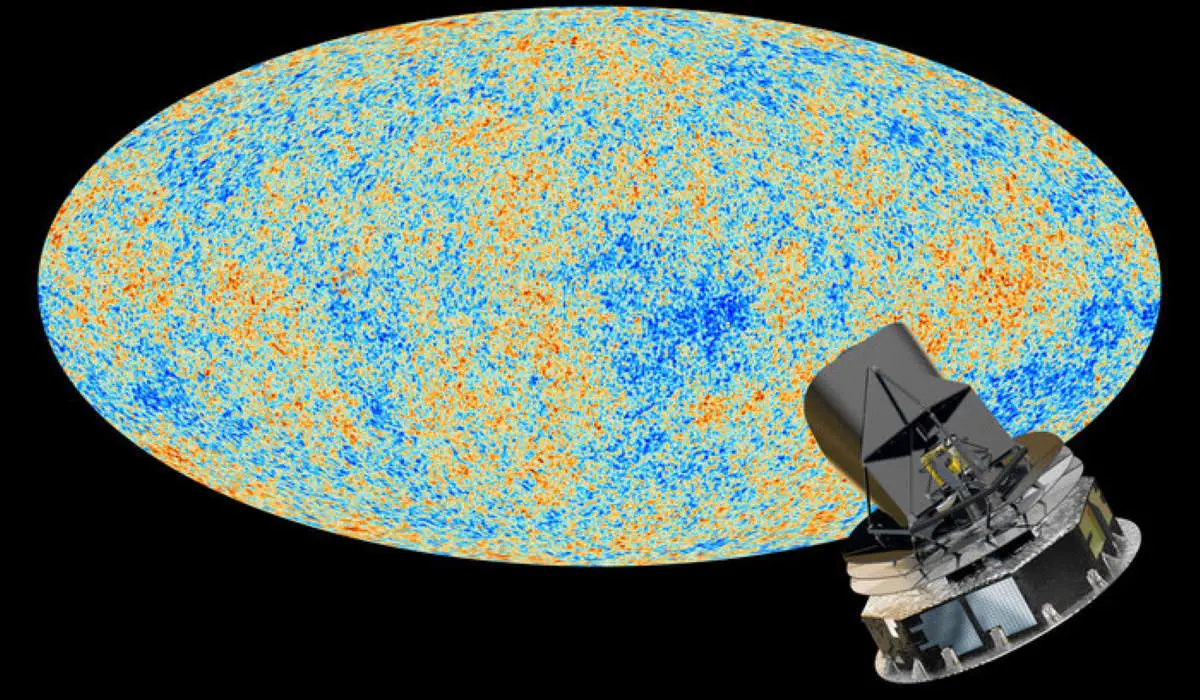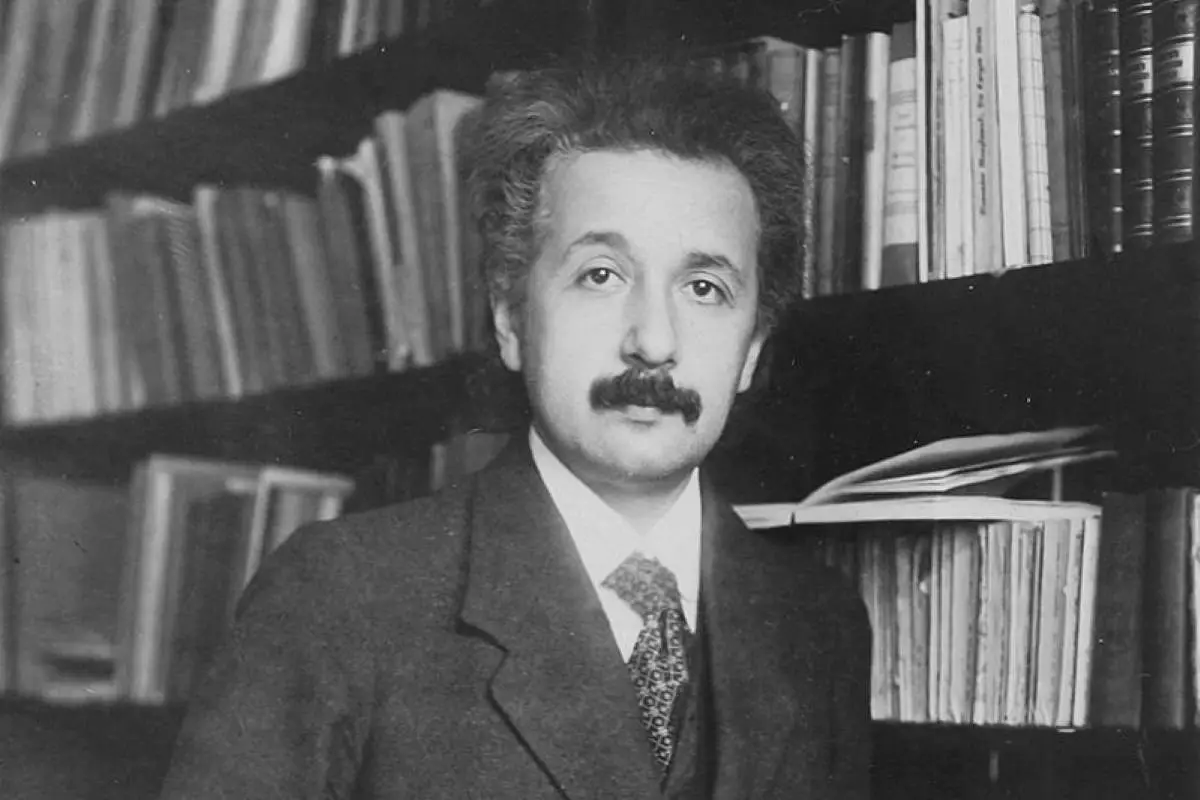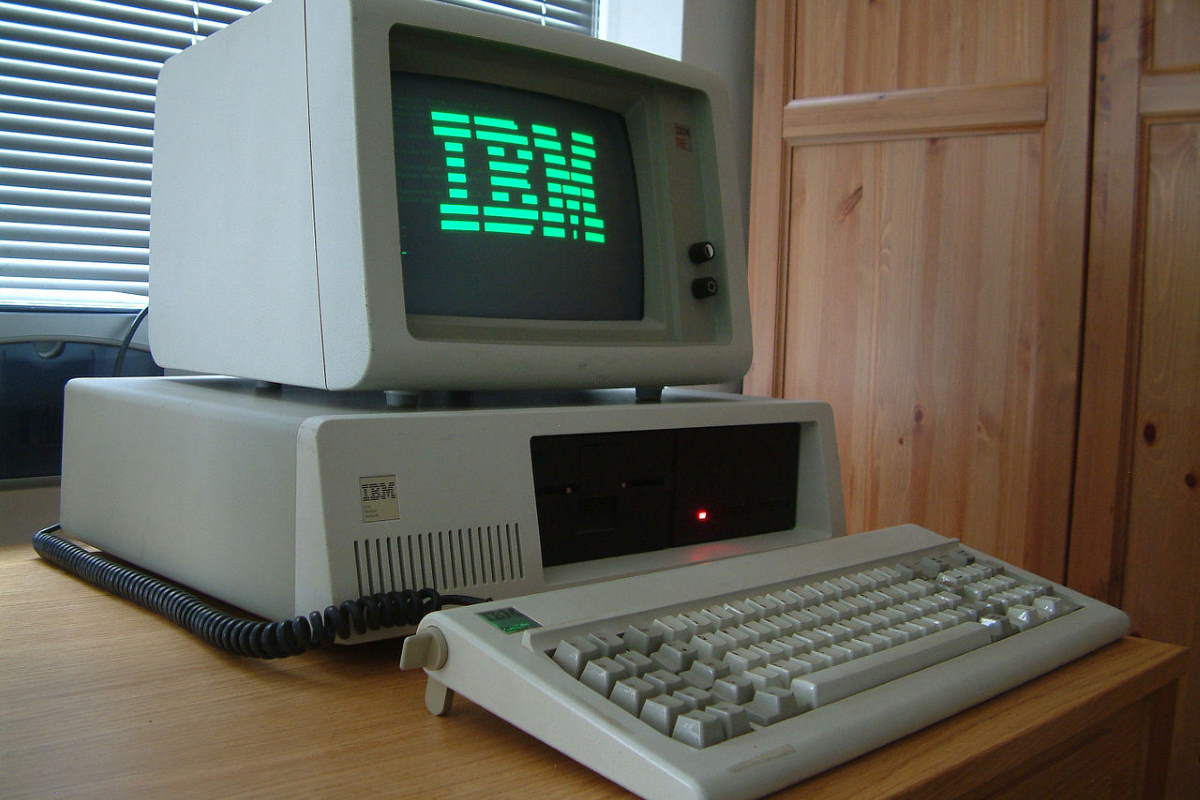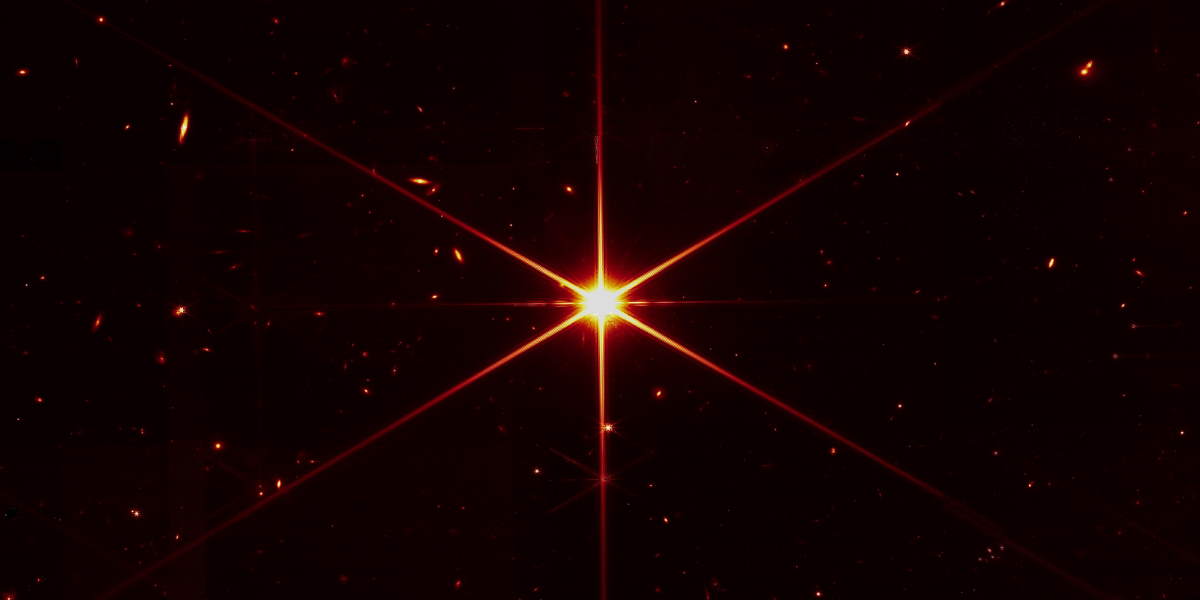Artificial intelligence (AI) has driven a lot of advancements in different fields of study. From medicine, engineering, finance, and even the way we do groceries have all changed for the better. More importantly, AI pushes humankind’s understanding of the places we never thought possible.
From protecting humanity to making sense out of seemingly random data, here are a few examples of artificial intelligence playing a significant role in our quest to understand the universe.
Continue reading “How AI Plays a Significant Role in Discovering the Universe”